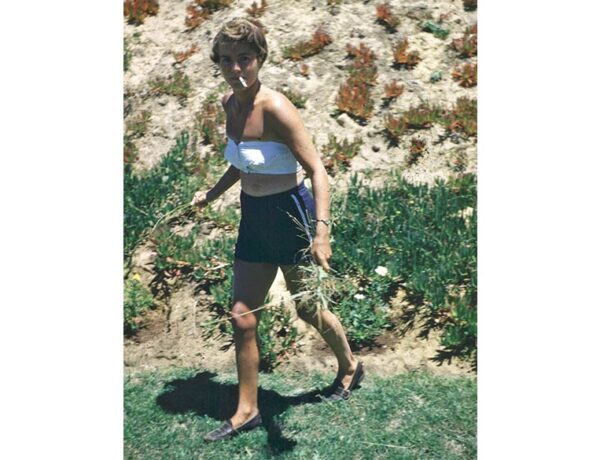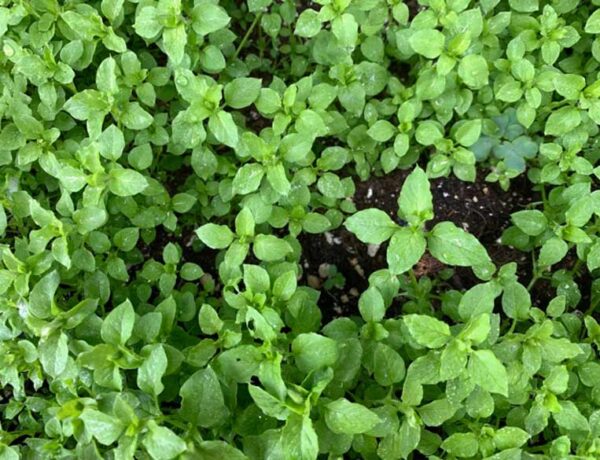In Alaska, when temperatures tumble and daylight dwindles, we’re ushered like cattle into winter’s corral. And as predicted, I’m inundated with questions from you, dear readers. So let’s go over a few of these questions, starting with flowering bulbs.
[This article was originally published in the Kodiak Daily Mirror, the hometown newspaper for Kodiak, Alaska. You can access the archive page for my past columns, written each week since 1986].
Q: Is it too late to plant bulbs?
A: No, but the weather clock is ticking.
If you don’t have the room or can’t chisel holes in the ground, at least overwinter them in soil-filled pots stashed in a cold shed, hoophouse, or greenhouse. Keep them damp, just a titch.
You can also bring them inside for “forcing.” That way you, or a friend who could use a little cheer, can enjoy crocus, jonquils, and other blooms.
Q: Is it OK to compost shredded paper or add it to the garden as mulch?
A: Not all paper is created equal.
While many studies have tested the safety and usefulness of shredded paper in the garden, not all paper is created equal. Newsprint, for example, gets a thumbs up from almost everybody because the inks are mostly soy-based. Something else to consider:
[perfectpullquote align=”full” bordertop=”false” cite=”” link=”” color=”” class=”” size=””]White paper bleached with dioxins may be of more concern than the inks used on it.[/perfectpullquote]
Slick paper, like that used in magazines, is another story. The bright inks found on shiny paper inserts and magazines often contain dangerous components.
The main problem with using paper as a mulch is that even though they might be deemed safe, they’re basically inert. Which means they don’t have much going for them. Shredded paper or sheets of newspaper make a good weed barrier, but as a soil improver, hmmm, not so much.
As for using shredded paper, unless it is finely shredded, it decomposes slowly. And in the process, it robs (uses up) nitrogen from the soil. All things being equal, it’s much better to take your paper to Threshold Recycling and use kelp, grass clippings, or leaves in the garden and compost pile.
Q: Which leaves are best for the garden?
A: Leaves provide a smorgasbord of goodness to the garden. That said, it’s a shame NOT to use them!
Leaves are packed with minerals. And to earthworms and beneficial microbes, leaves are gourmet fare. And when added to the compost pile, leaves provide carbon and keep the pile fluffy and oxygenated.
So don’t pass up a great opportunity to rake up some high-quality leaves to add to your compost pile. At the very least, store them in heavy-duty plastic bags for mixing with next summer’s grass clippings.
When applied as a mulch, leaves feed your soil like a slow-release vitamin. They also help stabilize freeze-thaw fluctuations that often damage trees, shrubs, and perennials.
That said, you might be wondering…
What variety of leaves is best? The answer might surprise you…
[perfectpullquote align=”full” bordertop=”false” cite=”” link=”” color=”” class=”” size=””]Alder leaves have more nitrogen in them than any other type of tree leaf here in Kodiak. — Lorne White, Strawberry Fields Nursery in Kodiak, Alaska[/perfectpullquote]
Alders are more than scruffy trees that block views and trip up hikers navigating a trail. Alders deserve a second look, at least below the surface.
A member of the birch family, alders carry on an amazing symbiotic relationship with a nitrogen-fixing bacteria called Frankia alni. This bacterium (bacteria?) performs a valuable function as they swell and shape-shift into fist-sized nodules or lumps on the alder roots.
These bacteria quietly go about their business performing what is one of nature’s most amazing processes: Absorbing nitrogen from the air and making it available to the tree.
Here’s the other part of the relationship:
Alders, in turn, provides the bacterium with sugars, which it produces through photosynthesis. Through this amazing and mutually beneficial relationship, alders improve soil fertility wherever they grow.
Another local source of leaves is from the cottonwood tree. Cottonwood leaves are alkaline, which helps balance the acidic quality of our native soils.
Q: Can coffee grounds go directly into the garden, or do they need to be composted first?
A: Coffee grounds do not need to be composted before turning them into the garden.
They are, after all, they’re just ground-up plant seeds. Just tease the nitrogen-rich grounds into the soil or add them to your compost pile. Keep in mind, coffee grounds tend to vary in acid content, ranging from a neutral pH to slightly acidic. If you maintain a worm compost bin, you’ll make a lot of critters happy.
If you have problems with slugs and cats cruising your garden, coffee grounds are said to be a deterrent. It’s worth testing in your own garden. Let me know how it goes, OK?
One more thing: With summer behind us, it’s time to pay attention to your long-forgotten houseplants.
To finish my walk around the garden, I said goodbye to old friends: The once orange and yellow calendulas now sagged like brown trench coats. Oh, and did elephants trample the rhubarb? all was not goodbyes.
Yet all was not goodbye. In fact, I found a hello-surprise! tucked under dead stalks of a bleeding heart shrub. It was a clump of calendula plants, bursting with small, soft yellow blossoms. They must have re-seeded themselves because I hadn’t planted them for several years.
I was delighted, because their seeds, which came from the U.K., are no longer available. I’ll be collecting seeds for next season…
What surprises—and new things—did YOU discover this season?
NOTE FROM MARION: Here is an article by Oregon State University regarding nitrogen-fixing alders that I added here after originally publishing this column:
Nitrogen-fixing trees “eat” rocks, play a pivotal role in forest health
++++++++++++++++++
About these garden columns… Slowly but surely I’m posting over 1,200 articles that you can access here. For personal updates, sign up for my newsletter, the Garden Shed: All Things Organic Gardening. As a thank you for signing up, you’ll receive a FREE PDF: 220 Things You Can Compost. (I’m also on Facebook and Instagram). To get in touch by email: marion (at) marionowenalaska.com





No Comments